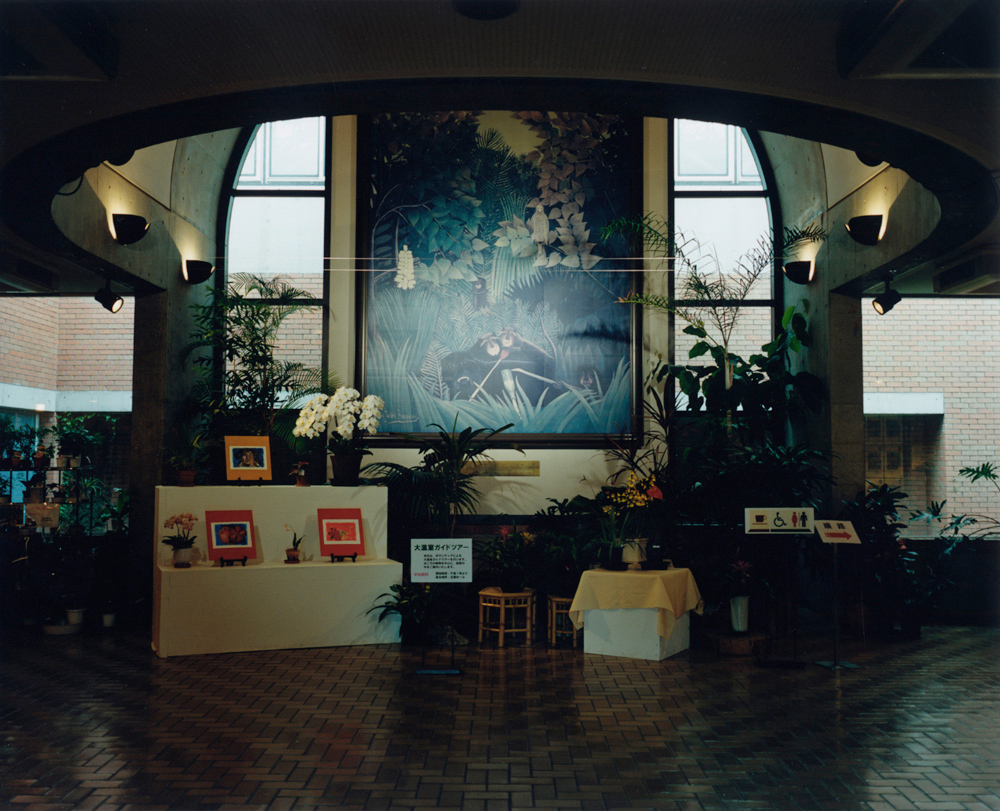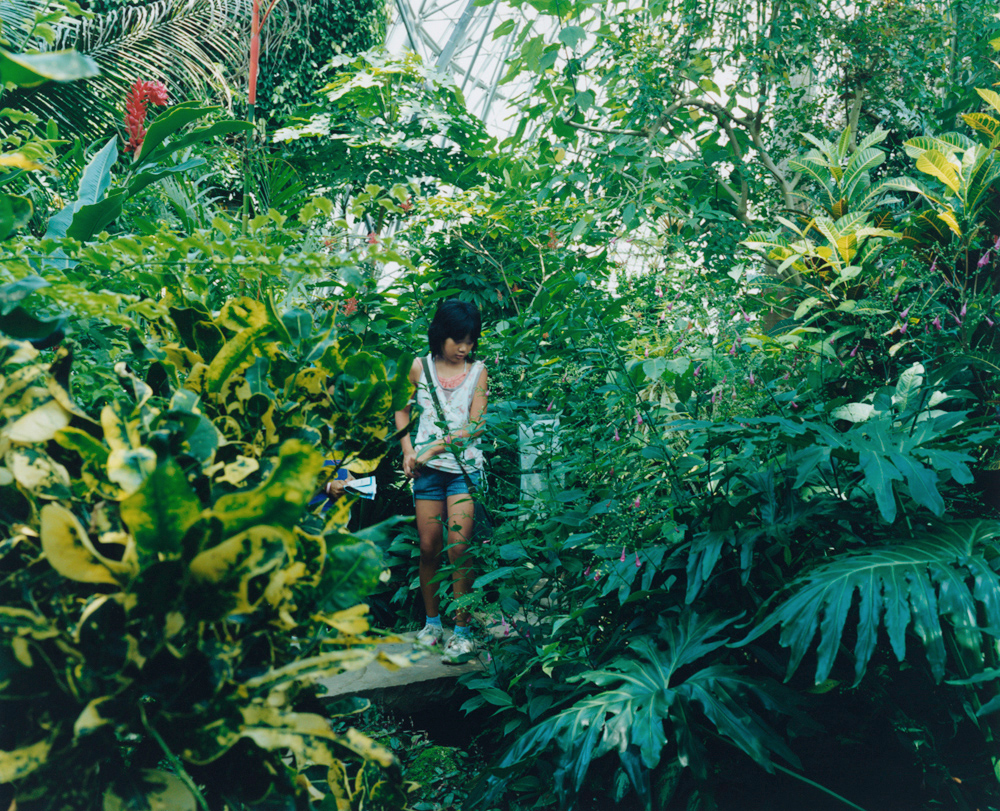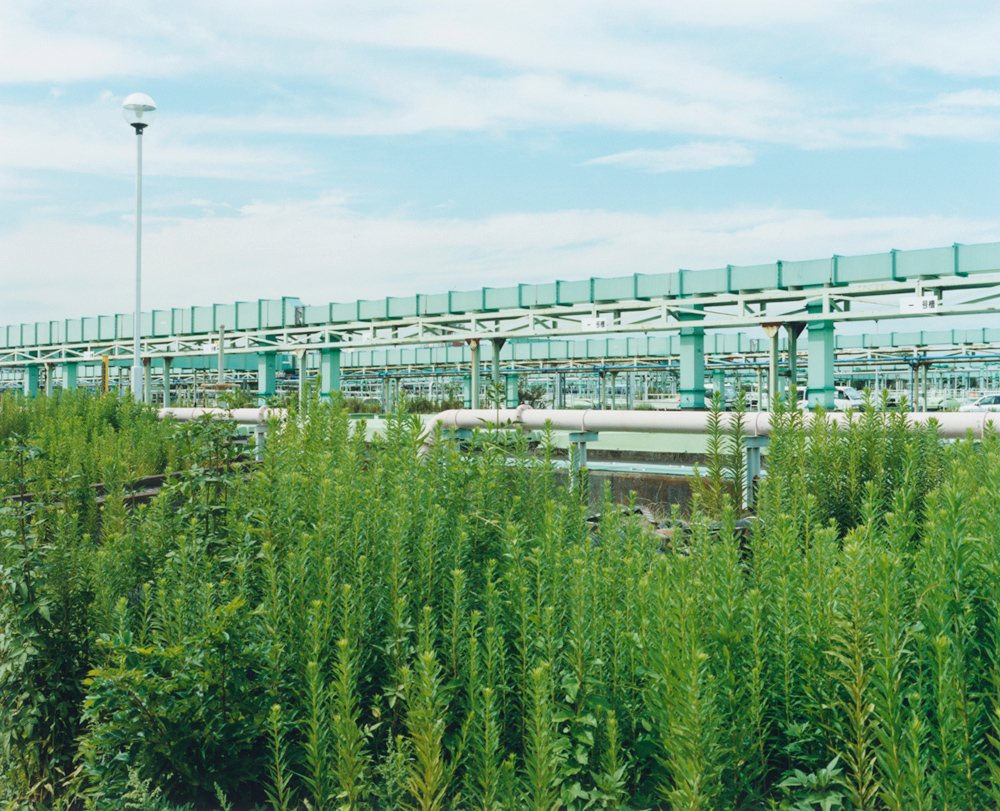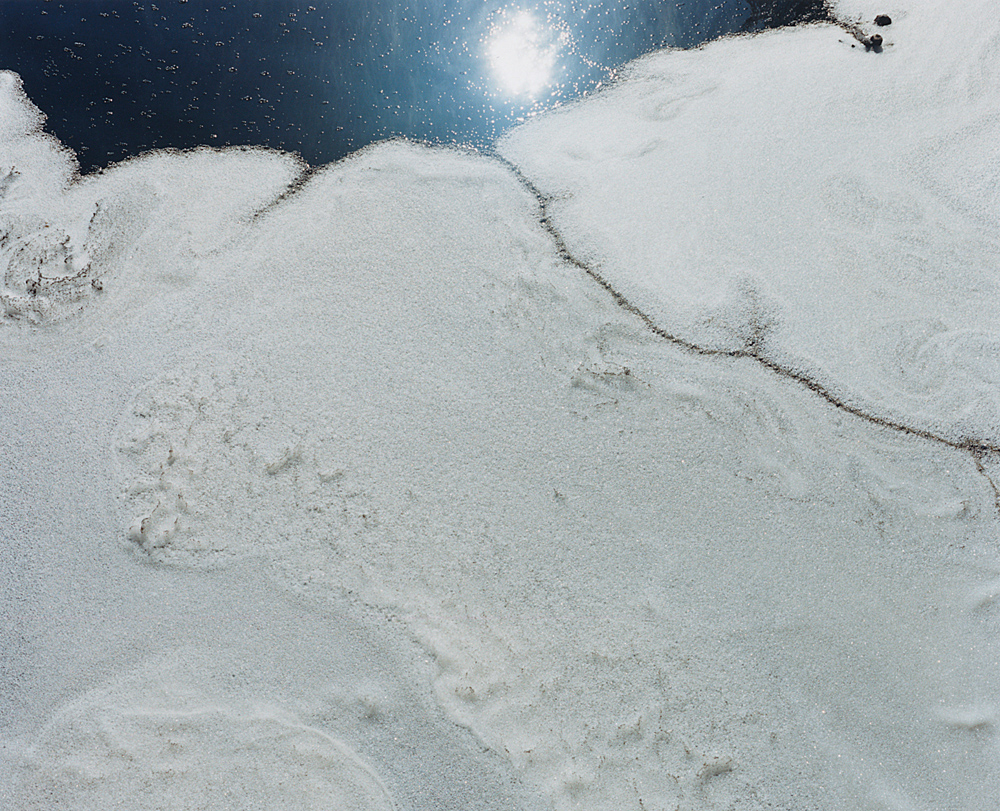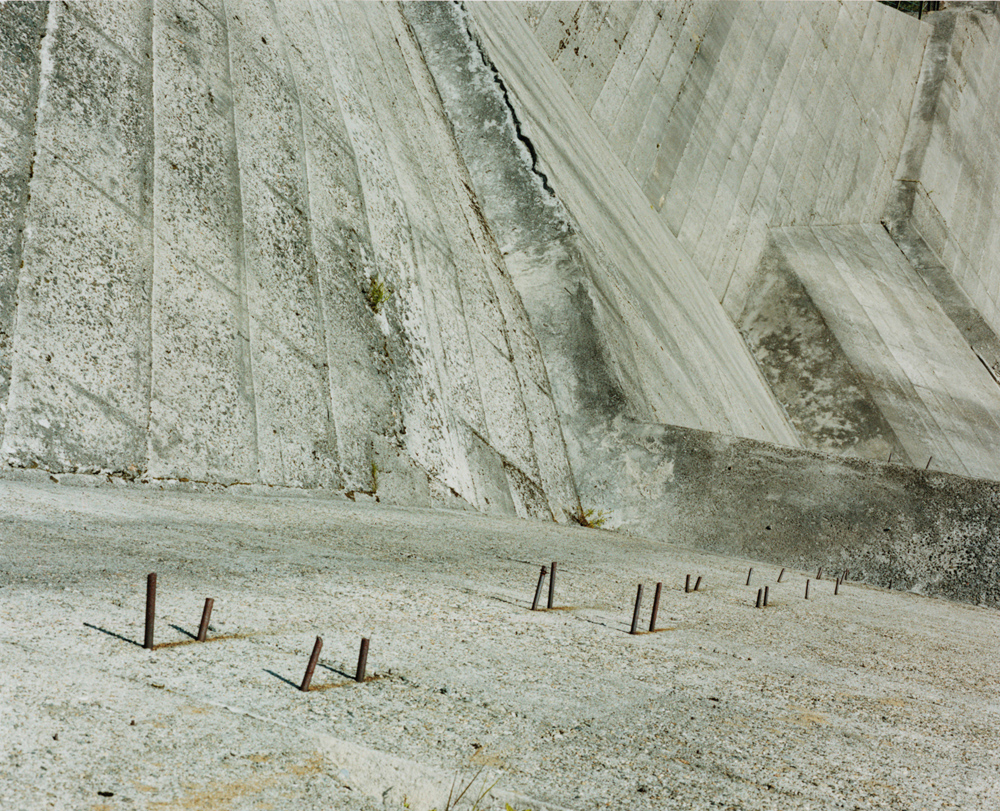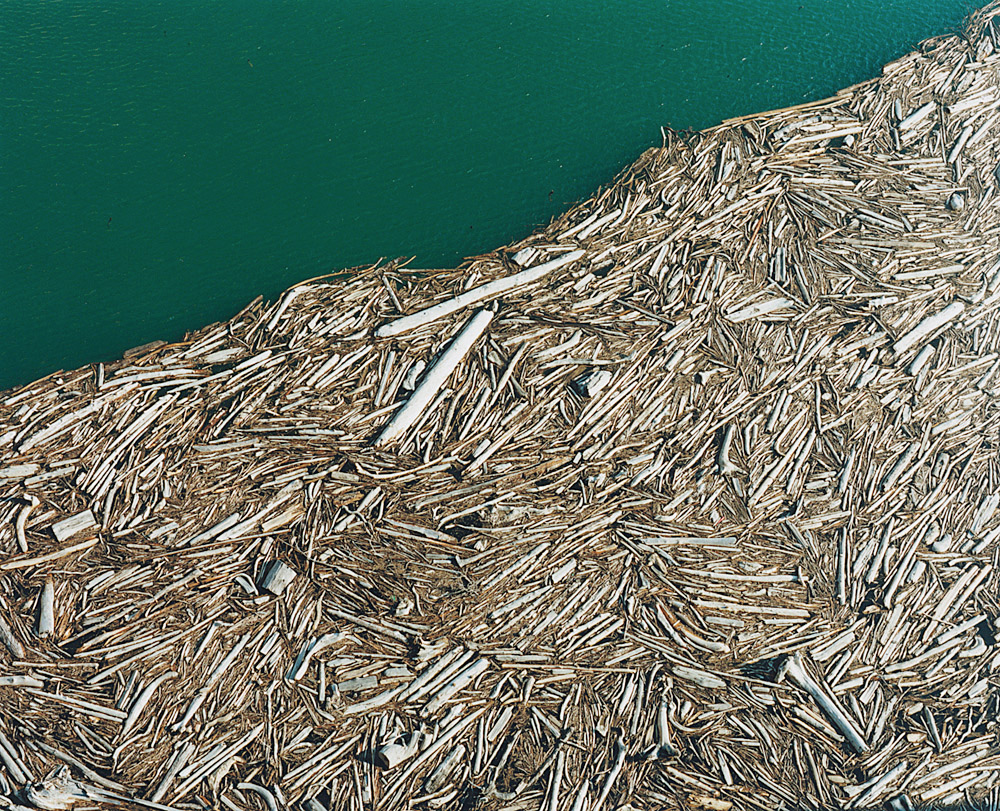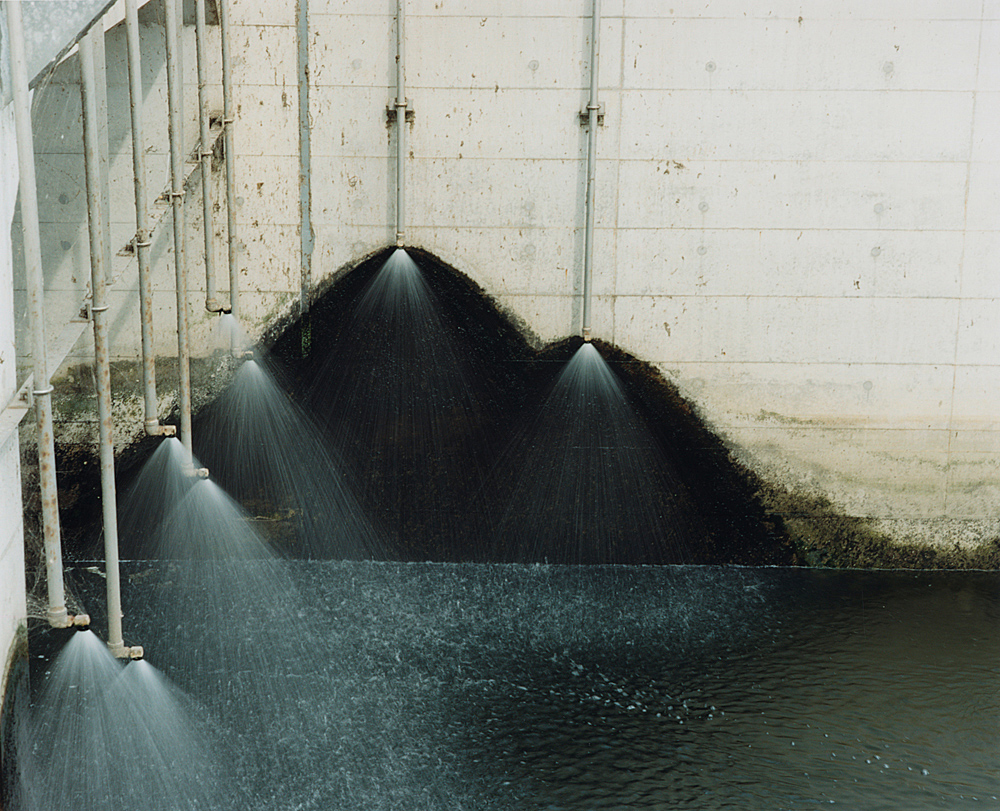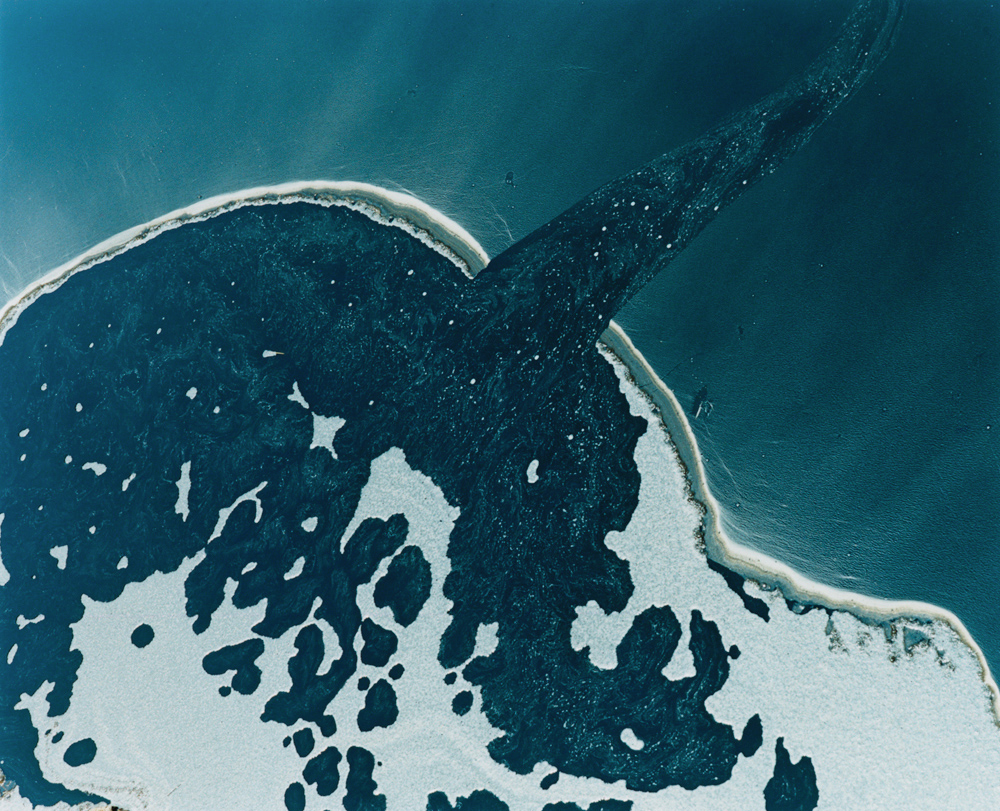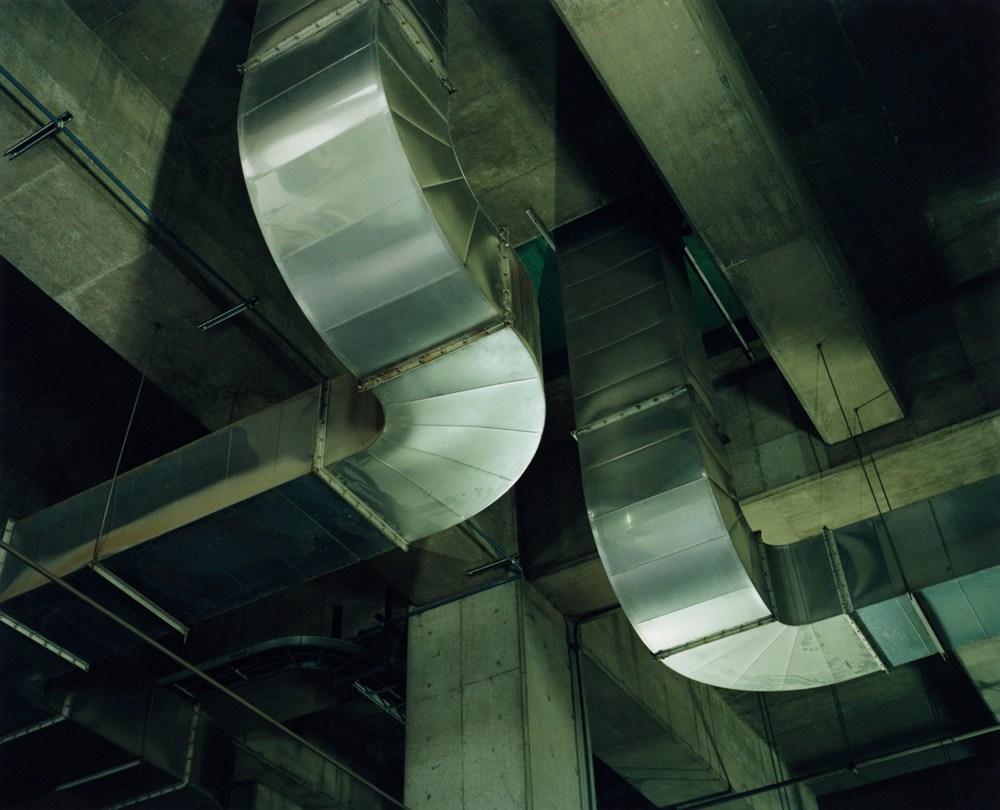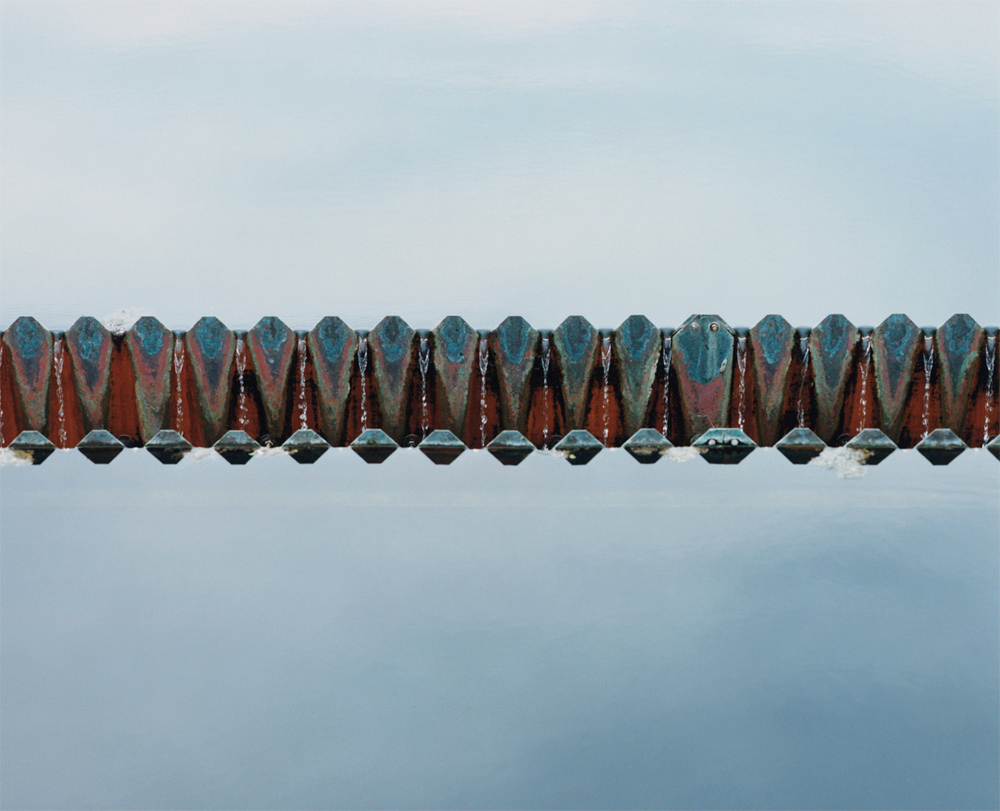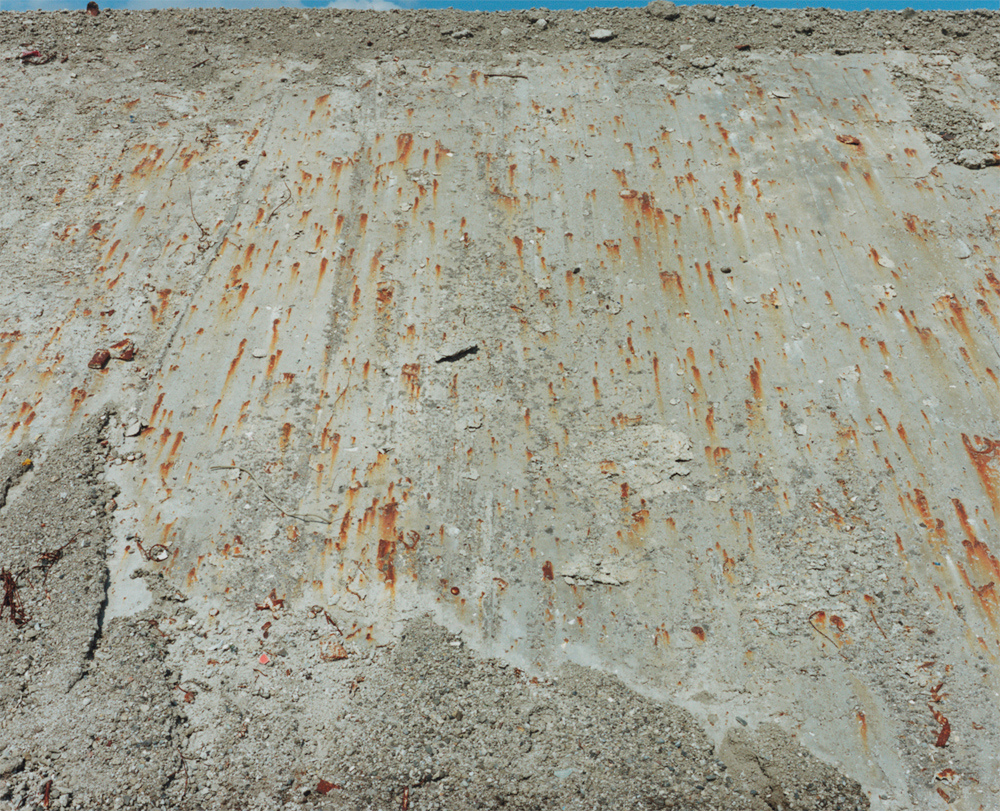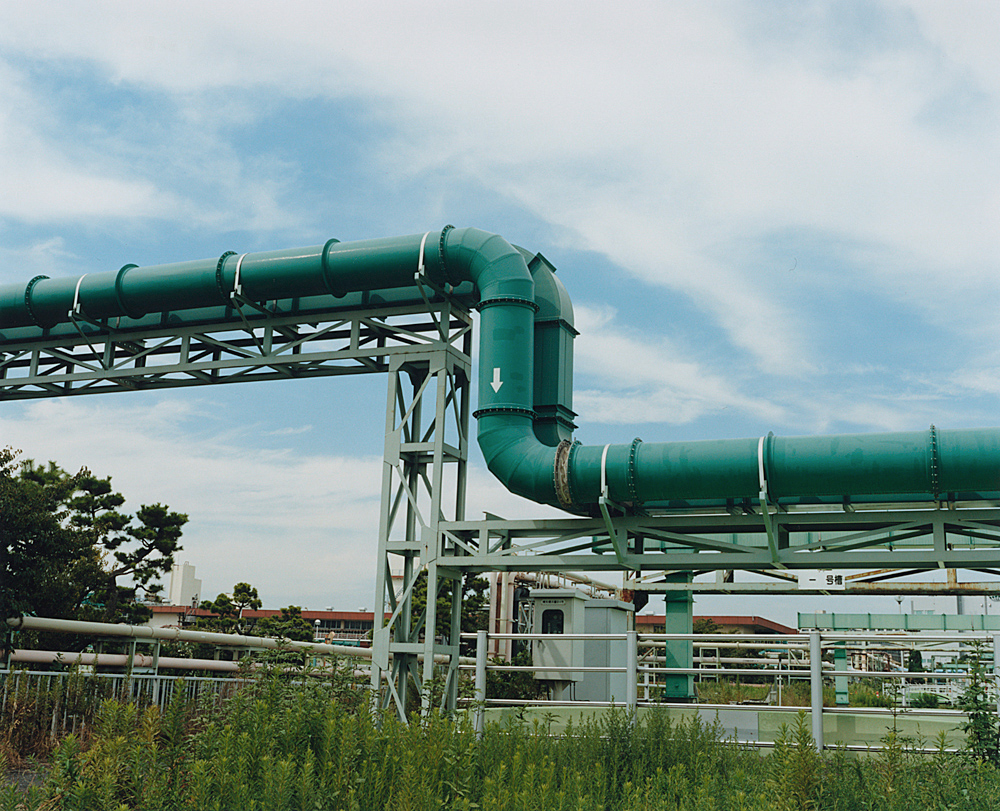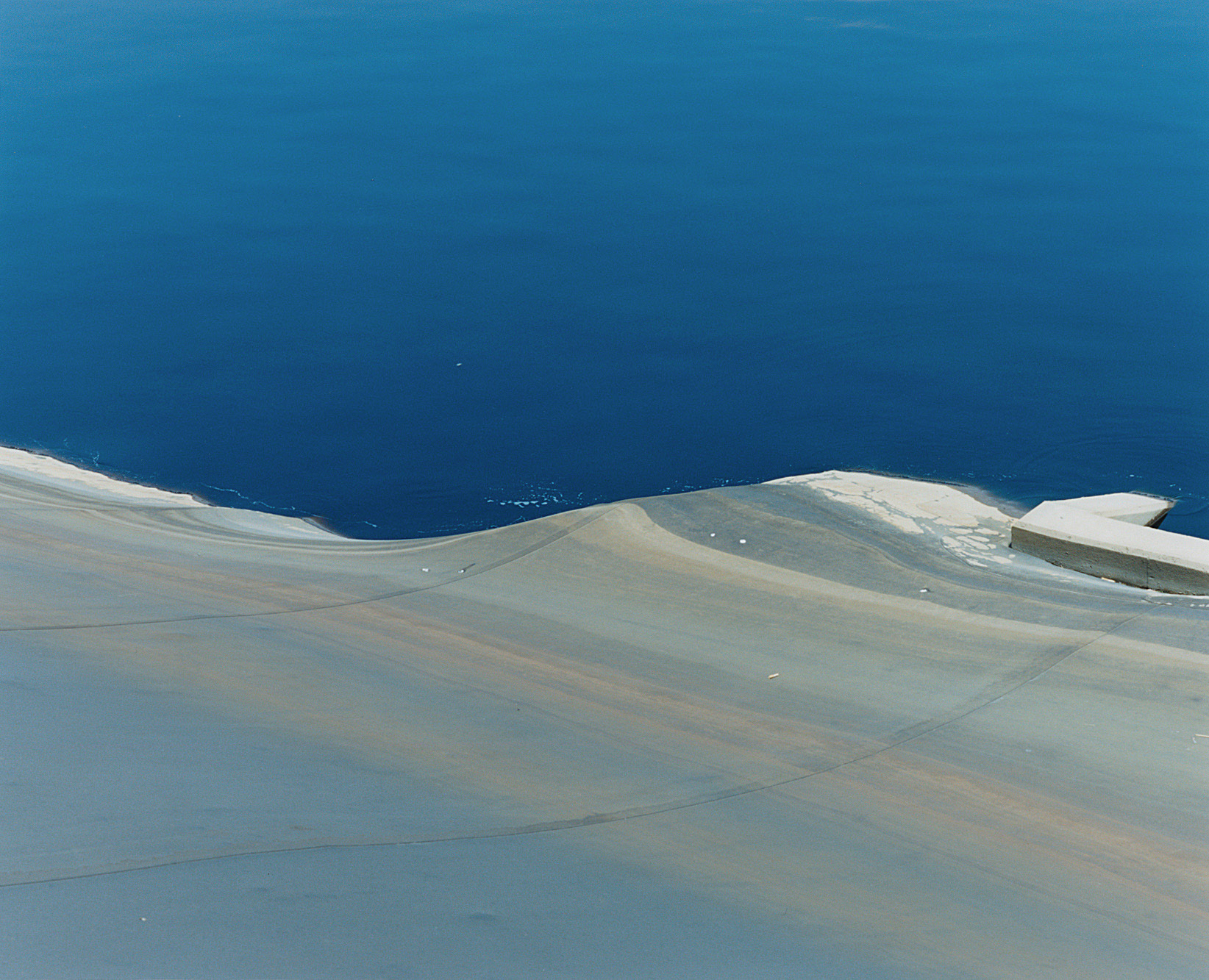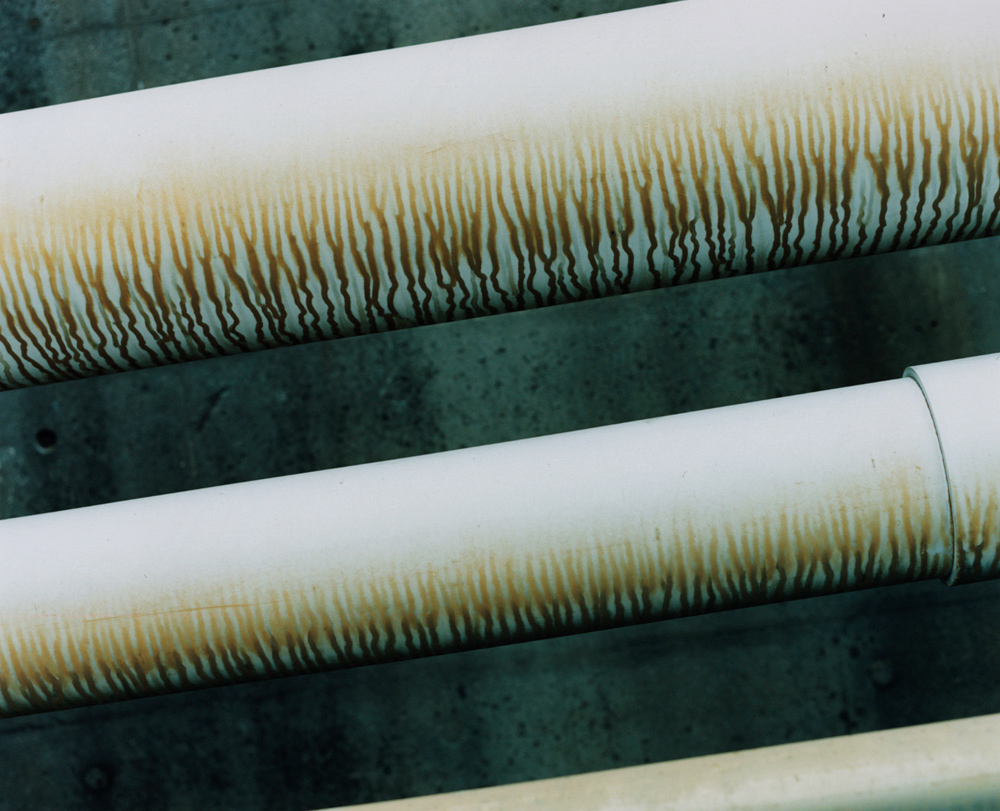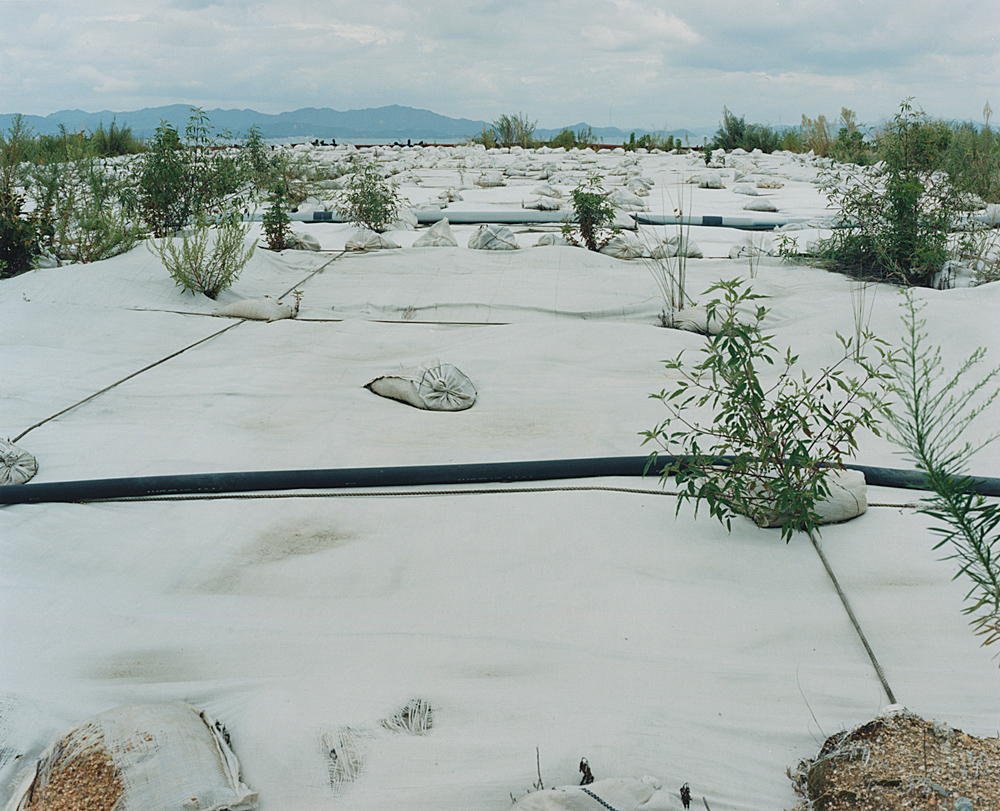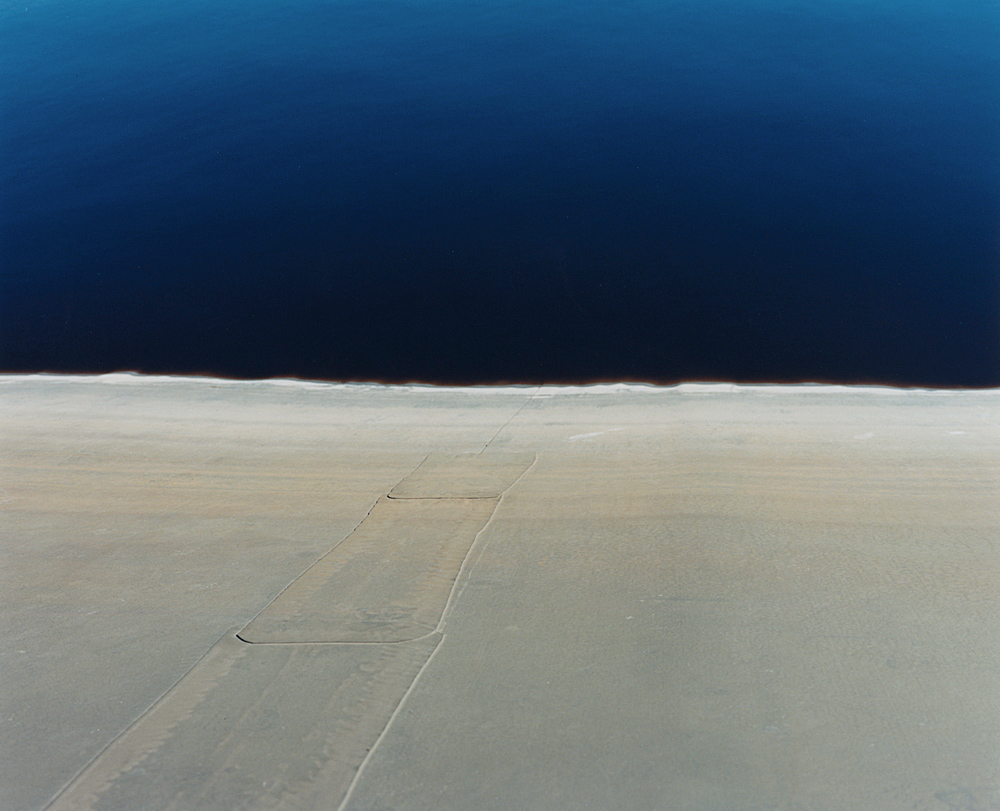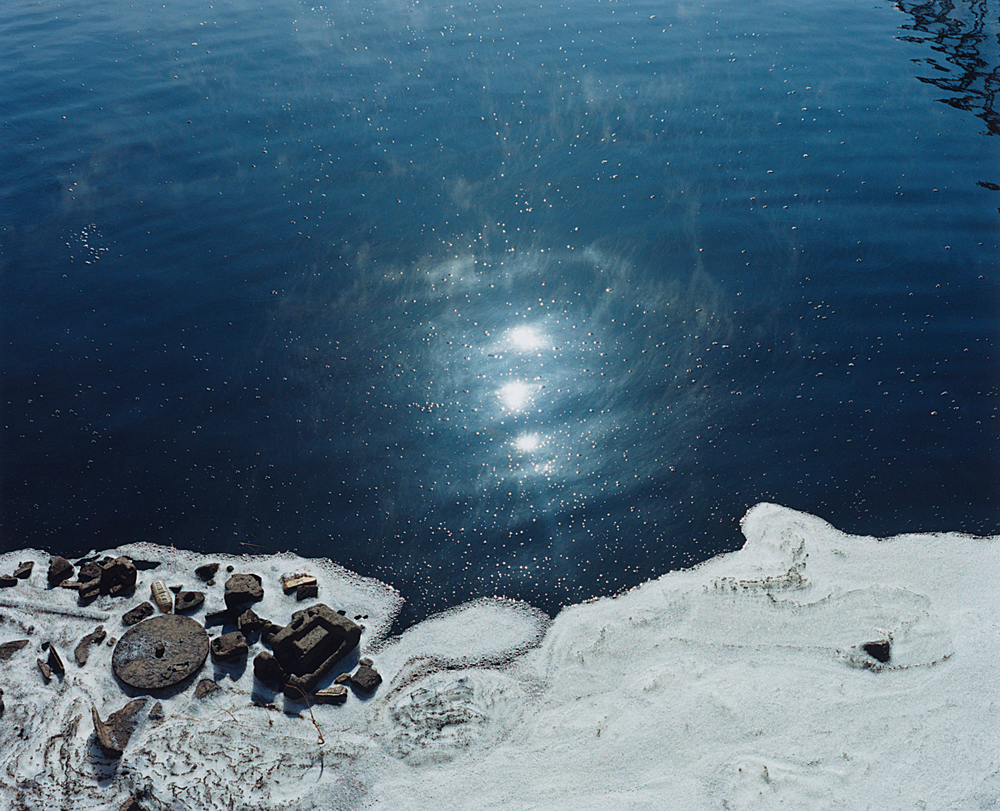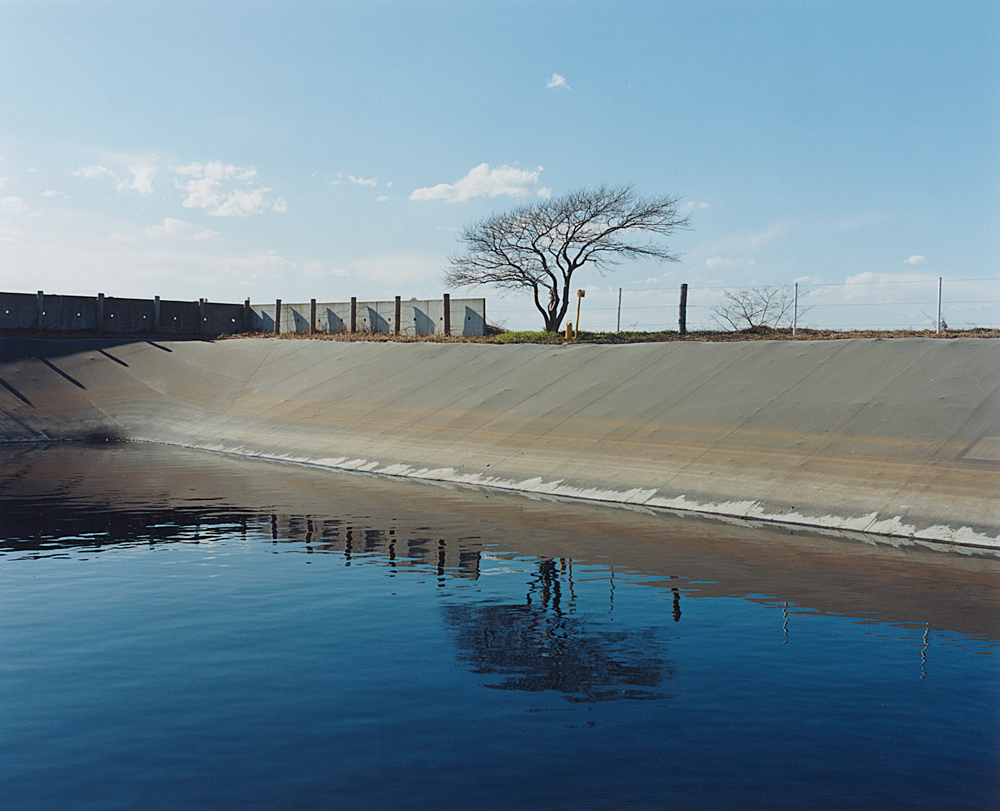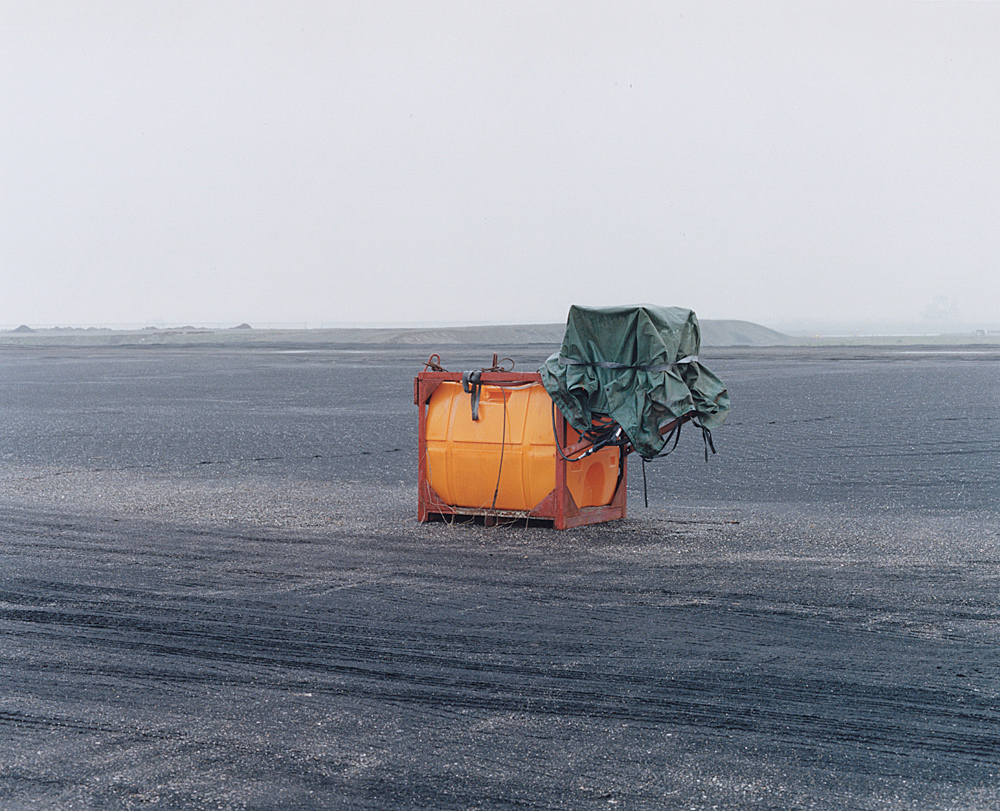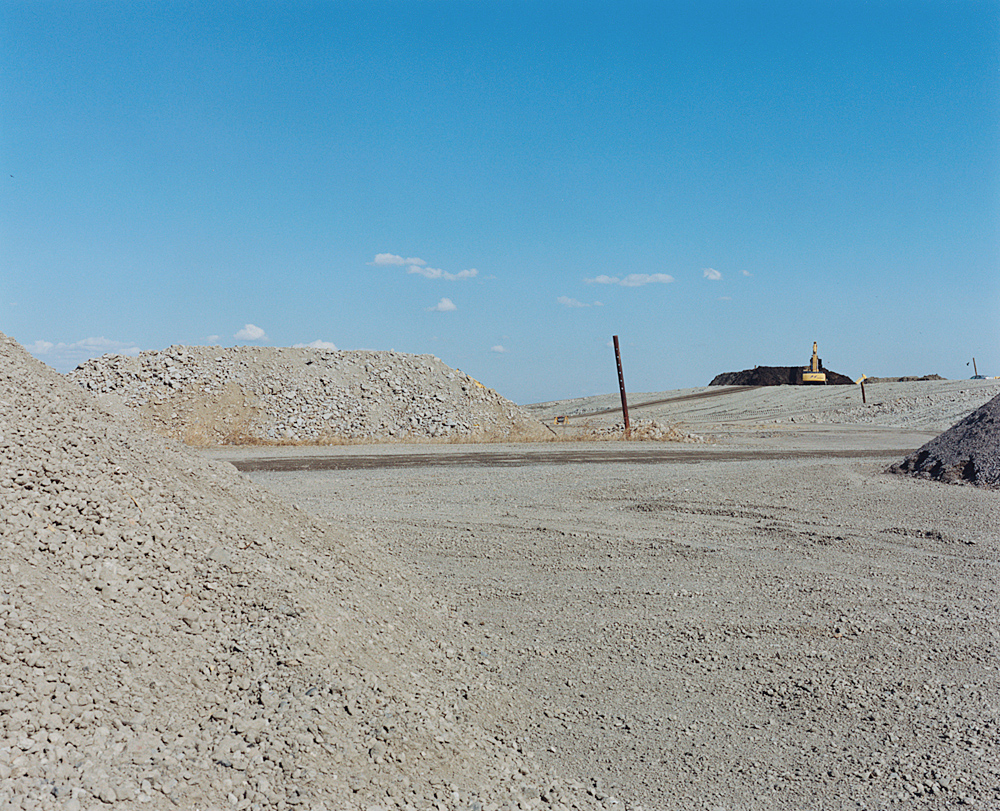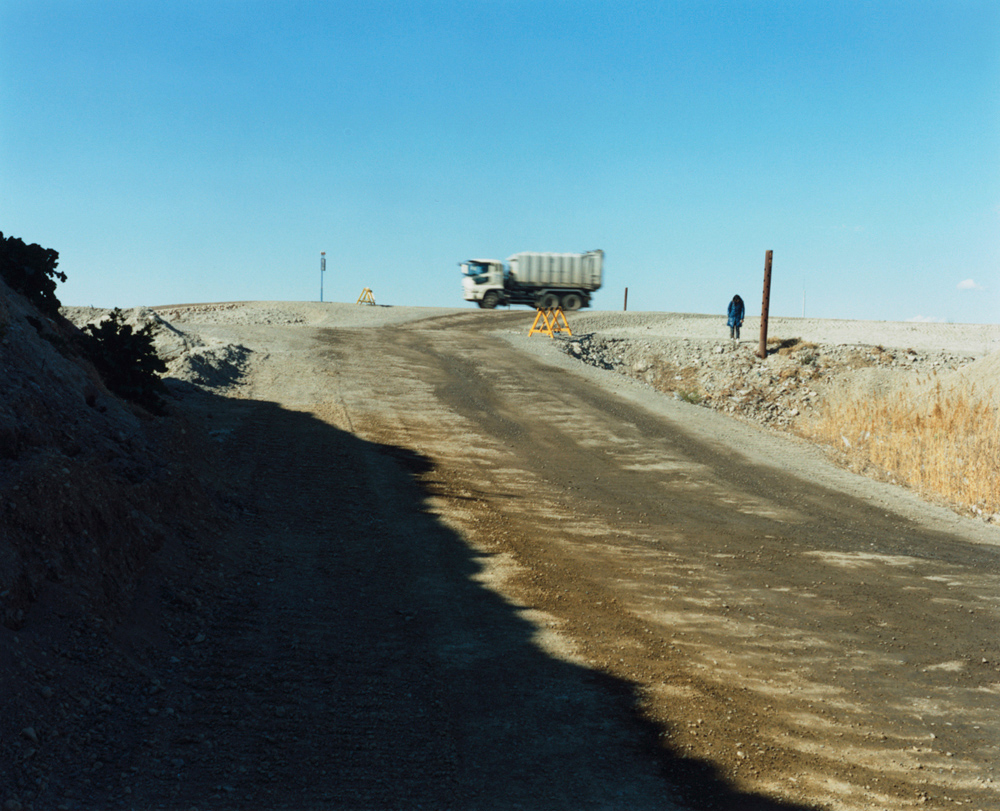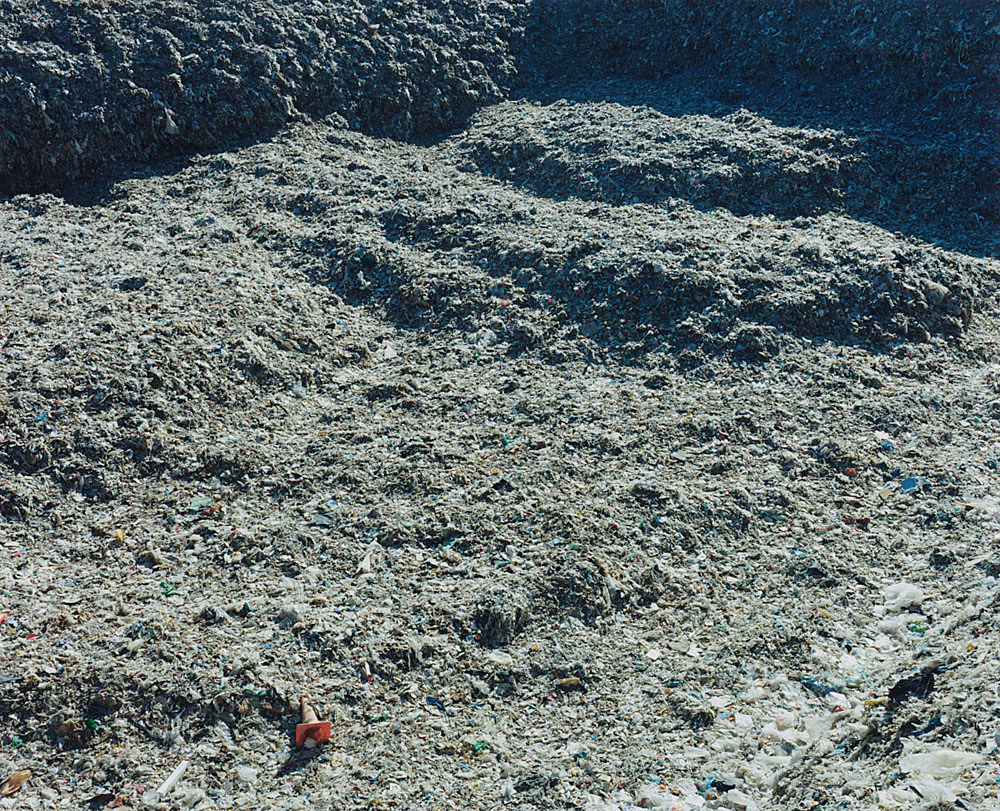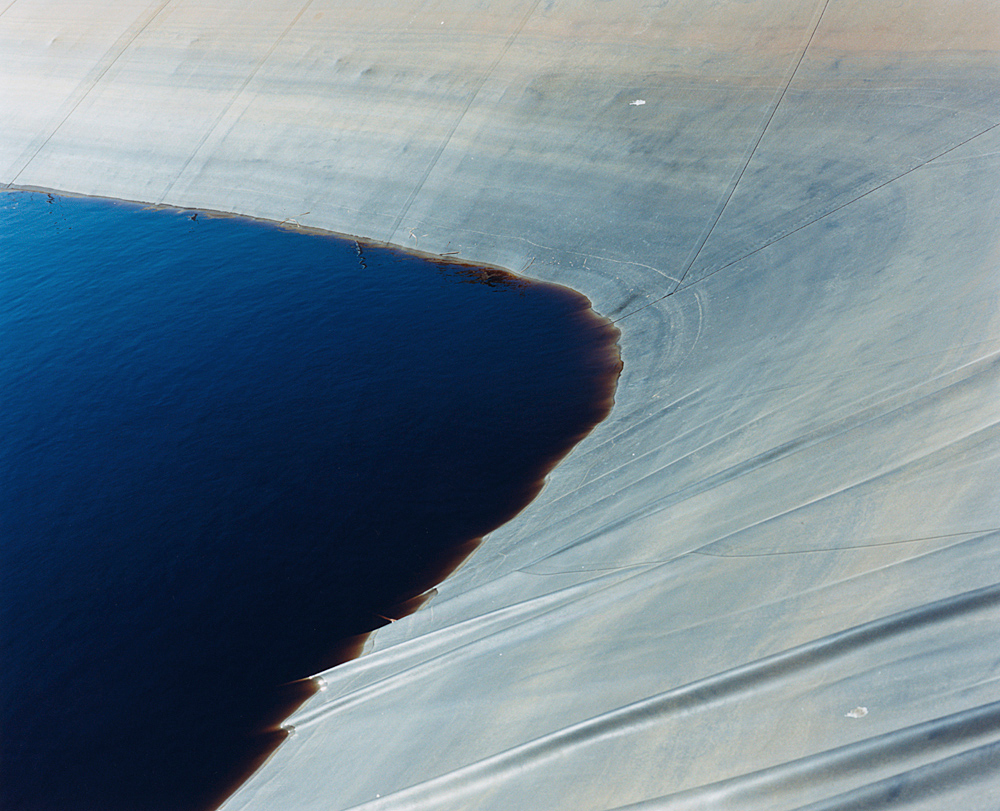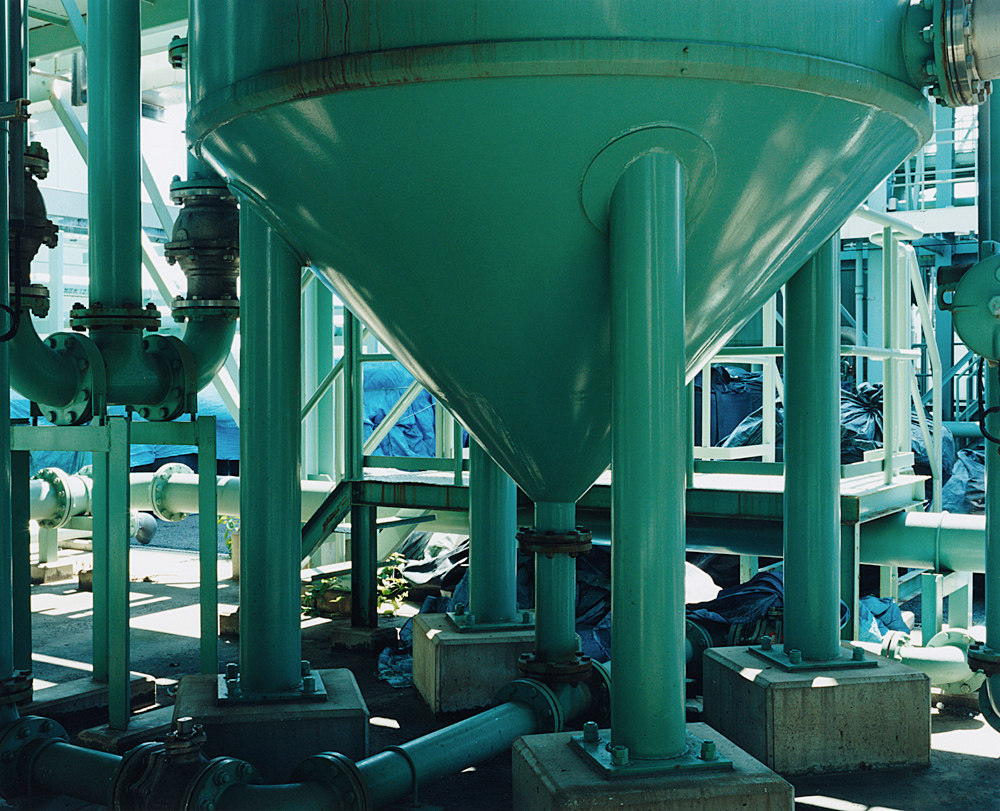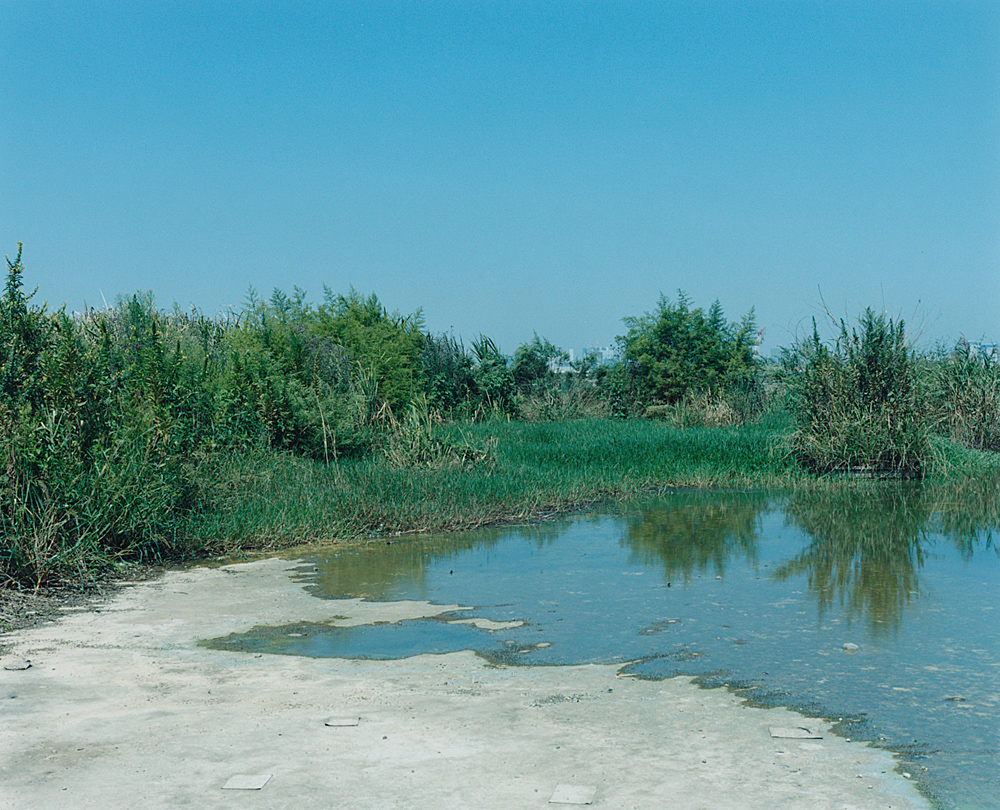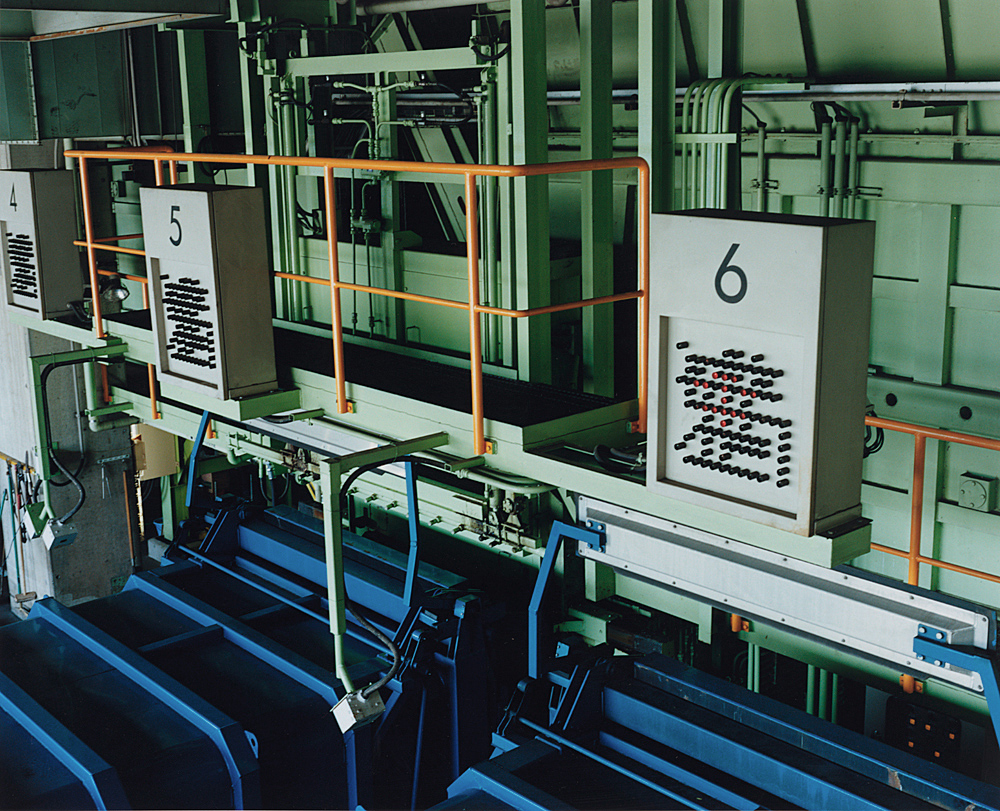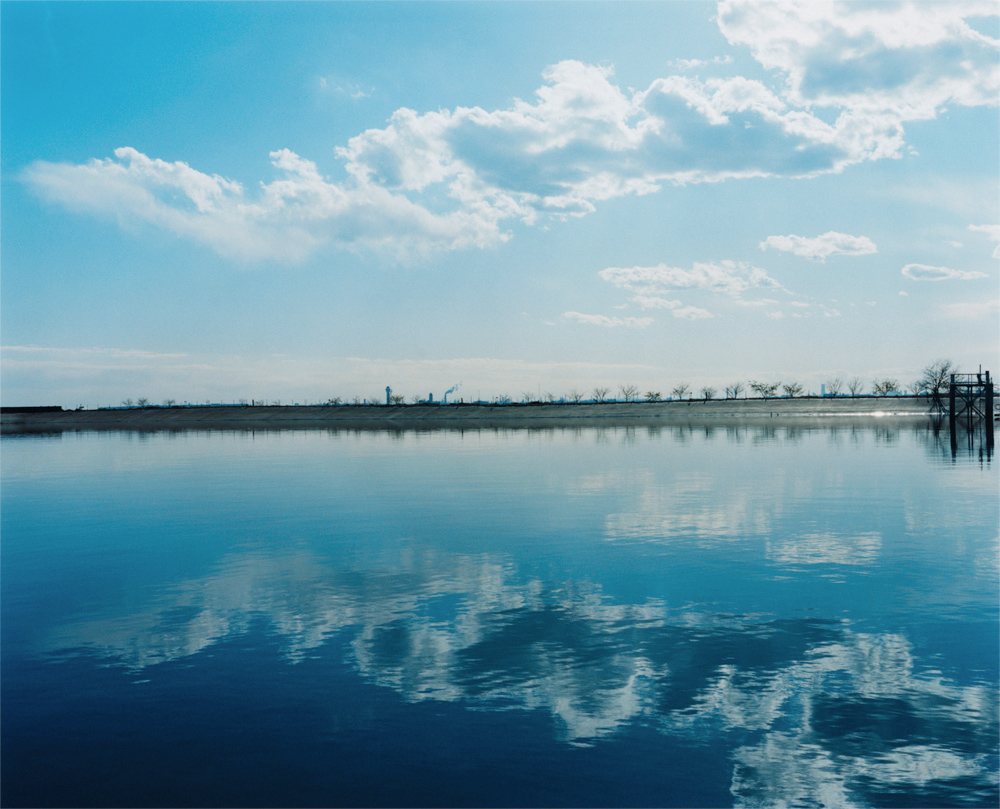dream island
「夢の島」この風変わりな地名の存在を初めて知ったとき、その社会的な背景と名前の持つイメージとのギャップから、何か場所が背負う運命的なものを感じた。
そもそもこの場所は人々の夢や欲望が、長年に渡り膨れ上がり、一気に消費された末に日々増殖し続ける新しい大地だ。
いわば都心の果ての地=フロンティアともいえる。
しかしフロンティアと呼ぶには不釣合いな程、この場所には終末の匂いがまとわりついている。だからこそ、自分のまっさらな眼を頼りにこのフロンティアを手探りで把握していく。その行為は冒険に近く、自分は東京の中で生まれる新しい世界の瞬きを感じている。
Dream Island
When I have heard this exotic name of the place, I felt certain gap between the name and its social background. It was somehow something fateful as well as vernacular.
Dream Island has kept growing day by day, along with consuming dreams and desires of people who live in Tokyo and the vicinity.
One can call it this City’s End, which can also be an frontier.
However, the smell of this island is too apocalyptic to be a frontier. Hence I compel to explore this new land with my eyes and hands. I feel as if I were a adventurer, feeling the new beginning of the world within the city of Tokyo.
「夢の島」は、日本の首都である東京から日々大量に廃棄されているゴミを最終的に埋め立て処分する、広大なゴミ埋立地である。ここで埋め立てられたゴミは長い年月をかけて、徐々に自然へと還っていく。
1957年に埋立が開始され、その後の高度経済成長によって急増したゴミは悪臭騒動やネズミ、カラス等の害虫の増殖を引き起こしてテレビや雑誌によって度々報道された。消費主義国日本の影の部分として当時は大きな社会問題となった。埋立自体は1967年で完了して、今は跡地に公園や運動場が設けられている。また、その後に他の場所で続々新設されている処分場の事を、同じく夢の島と指す場合がある。
Dream Island is a name of a vast waste dump site. It was built for Tokyo, the capital city of Japan and the vicinity.
All the waste is buried and decomposed little by little there.
Dream Island has been used since 1957 with many issues such as smell, rats, crows and so on. The more the Japanese economy grew in the 1950s, the larger amount of wast were produced and dumped there.
This landfill stopped working in 1967 and turned itself as huge parks and playgrounds. Other landfills, which were built and used subsequently after this Dream Island, sometimes called the identical name, Dream Island.
